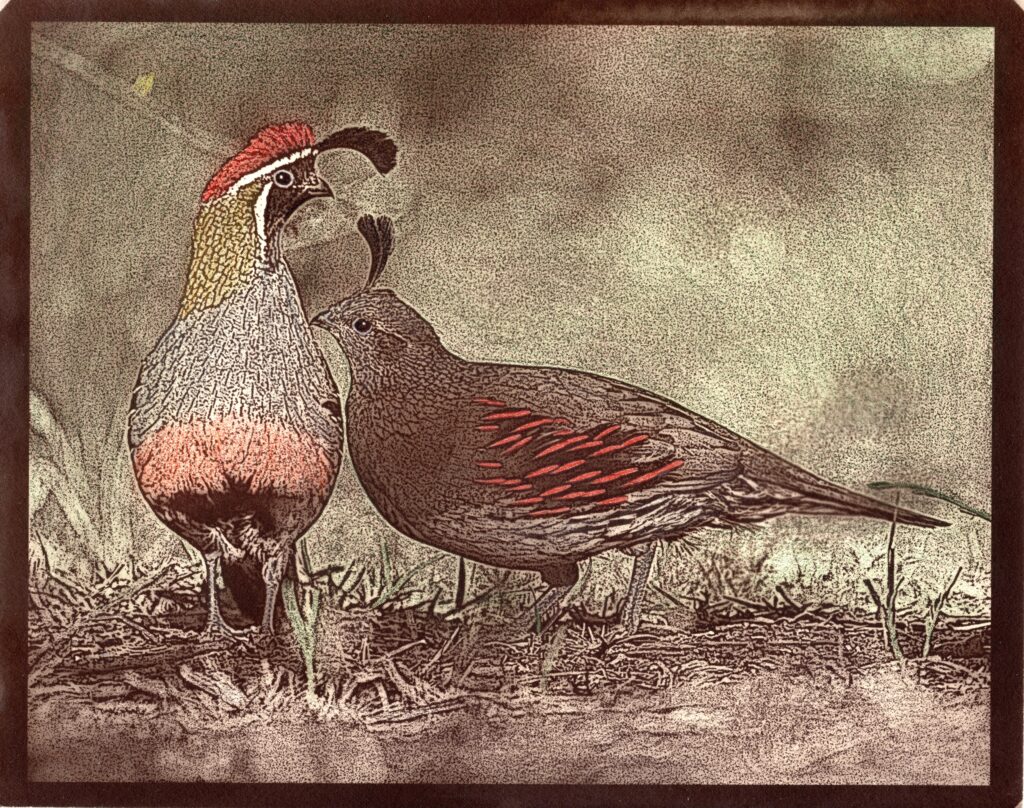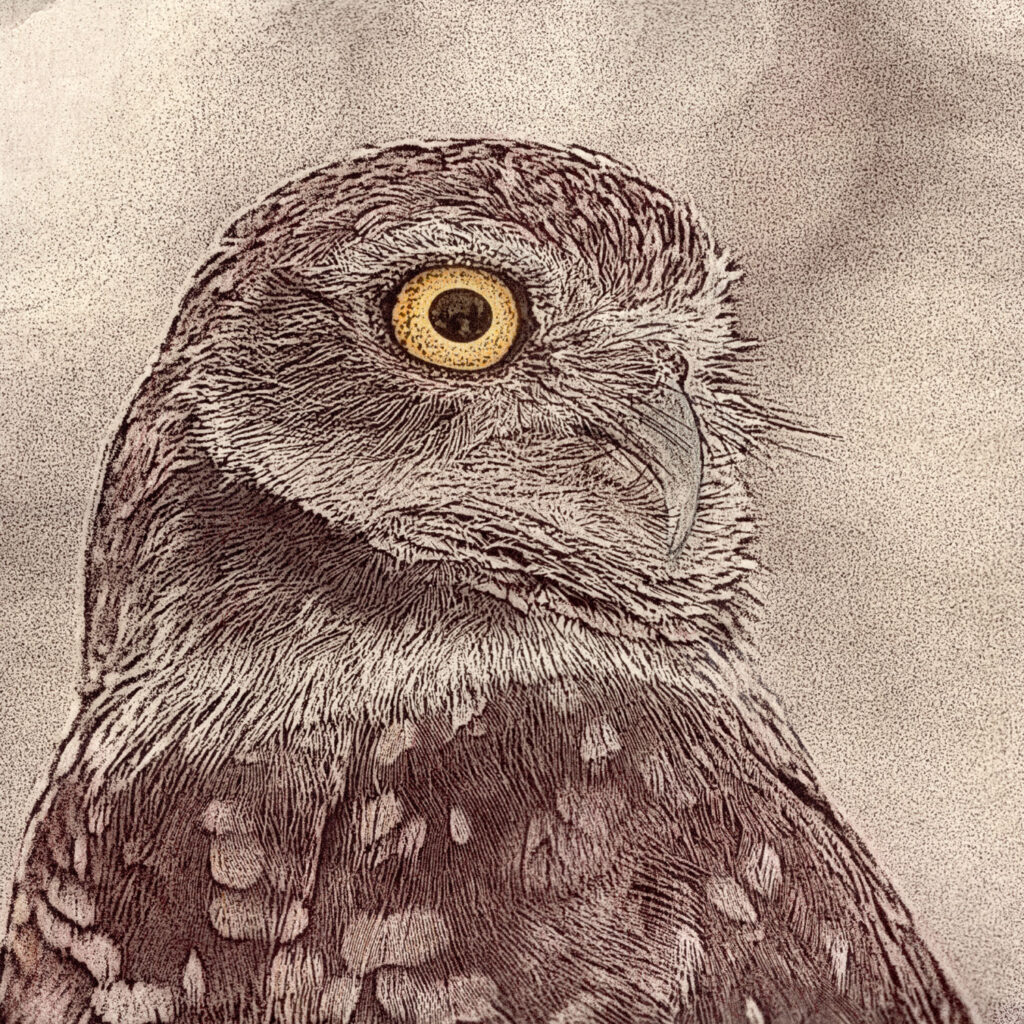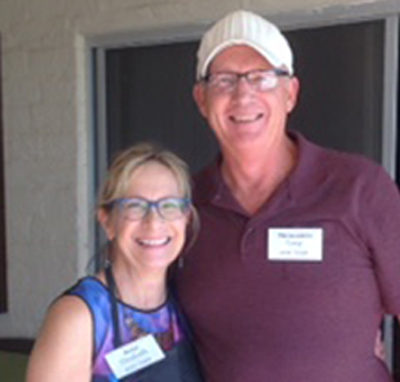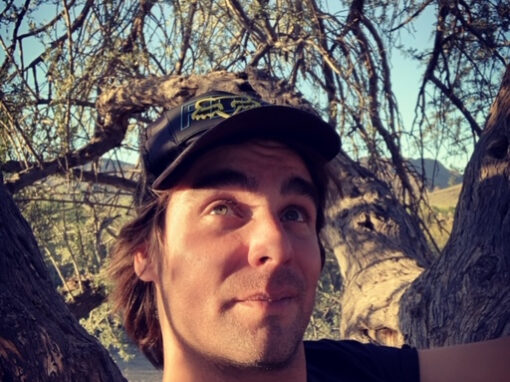
Ana Laura Gonzalez
Category: Artist/Individual
Discipline: Visual arts
Program Affiliations: Arts Foundation Grantees

When digital photography became ‘the way to go’, Ana thought its popularity would develop a better appreciation of traditional and historical photo processes.
Ana has always been interested in the natural world, and her photographic images reflect that interest. She works to capture the ‘feel’ of old buildings, the power and grace of wild animals, the colors and shapes of flowers, and the beauty of patterns in nature.
After reluctantly moving from analog to digital photography, she felt something was missing in her photography. While still creating traditional digital prints, Ana has now also immersed herself in historic alternative photographic processes, particularly hand colored Cyanotype and Van Dyke prints, which she believes are a powerful way to present her images.
Ana uses her digital camera to create images, perhaps manipulate them, and create digital negatives. Then, off to the darkroom!

Hand printed and hand colored Van Dyke of a male and female Gambel’s quail.
VanDyke prints are a historical non-camera photographic contact printing process. It was patented in Germany in 1895 by Arndt and Troost and was named after Flemish painter Sir Anthony van Dyke (1750-1825) due to his use of rich brown colors in his work.
The process is based on UV light, using either UV light bulbs or sunshine, that causes a change in a light sensitive emulsion brushed onto paper or other substrates. Creating each print requires 7 steps in the darkroom.
My first step is to create a negative to make a contact print. In the darkroom, the paper is coated with a light sensitive silver-based solution, making sure the paper is evenly covered. After it dries, the negative and the sensitized paper are pressed under glass and exposed to UV light. The finished prints can be hand colored with colored pencils or watercolor.

VanDyke prints are a historical non-camera photographic contact printing process. It was patented in Germany in 1895 by Arndt and Troost and was named after Flemish painter Sir Anthony van Dyke (1750-1825) due to his use of rich brown colors in his work.
The process is based on UV light, using either UV light bulbs or sunshine, that causes a change in a light sensitive emulsion brushed onto paper or other substrates. Creating each print requires 7 steps in the darkroom.
My first step is to create a negative to make a contact print. In the darkroom, the paper is coated with a light sensitive silver-based solution, making sure the paper is evenly covered. After it dries, the negative and the sensitized paper are pressed under glass and exposed to UV light. The finished prints can be hand colored with colored pencils or watercolor.




